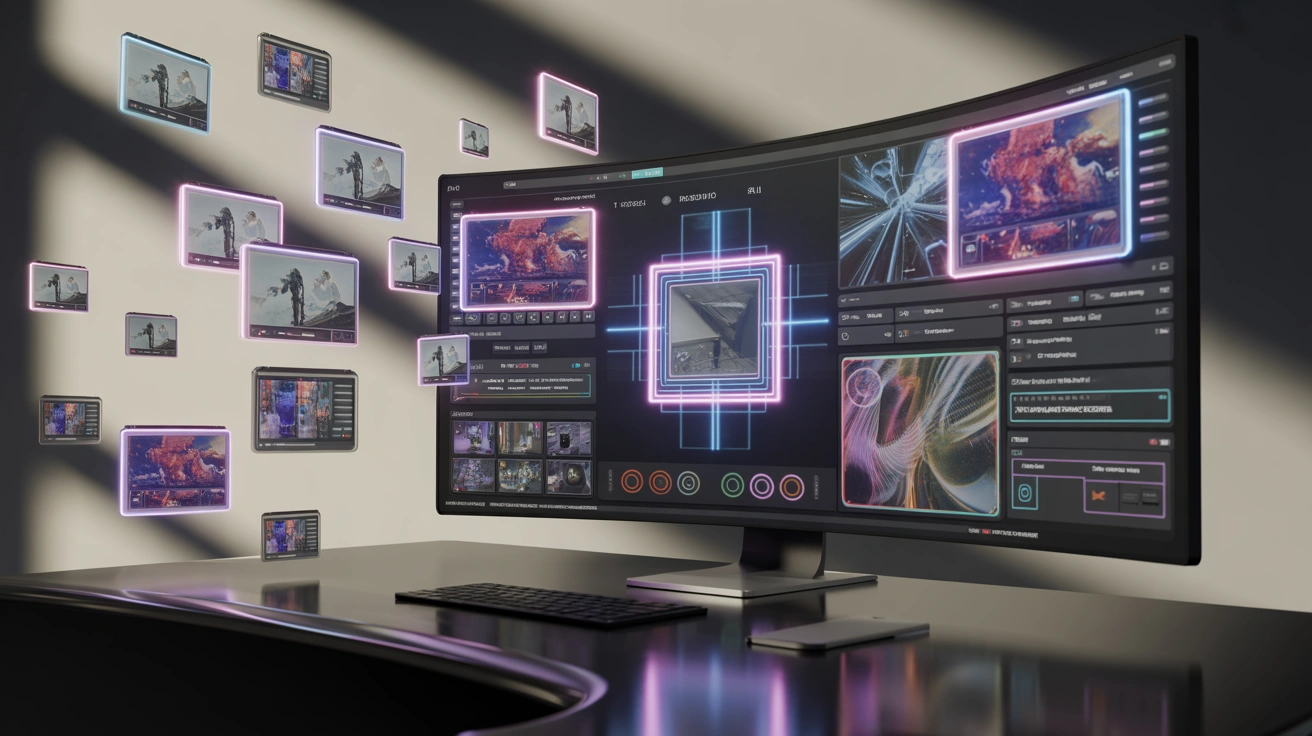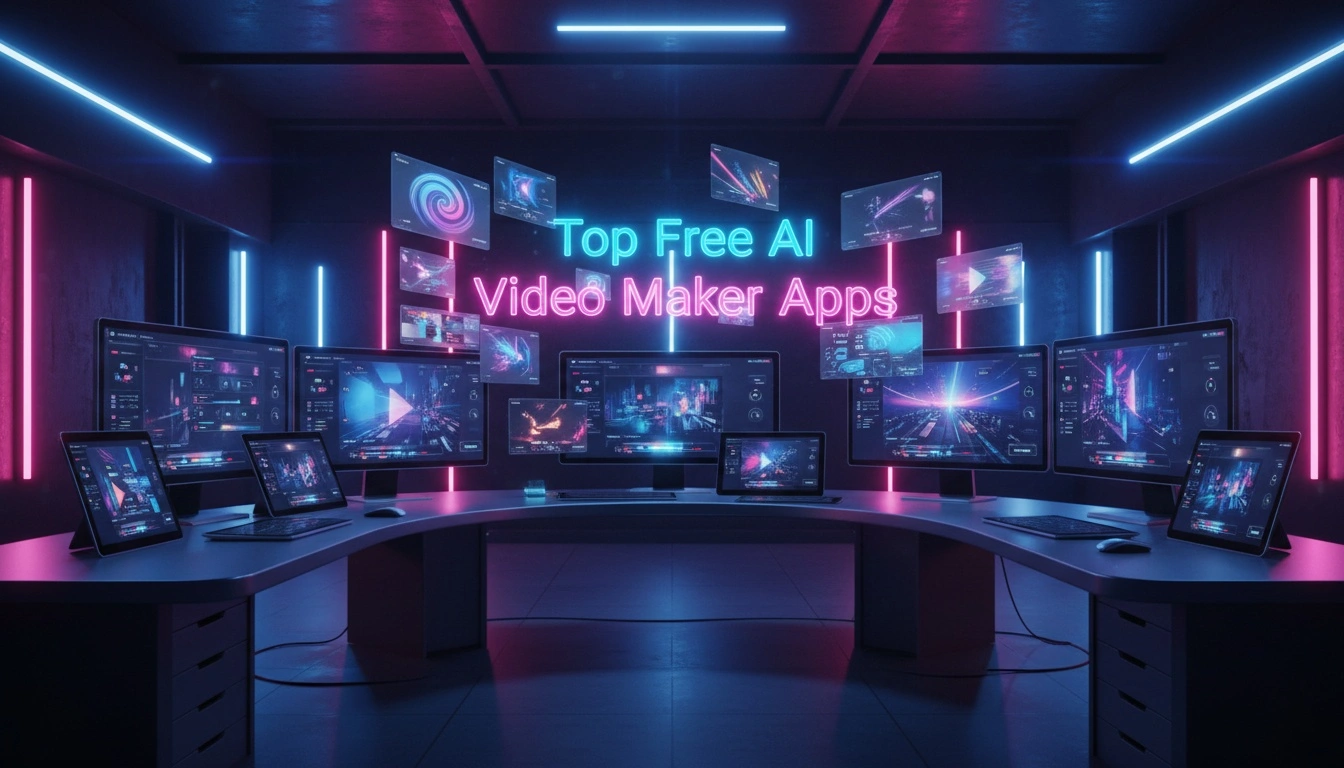

Aqsa Nazir Kayani
Wed Oct 15 2025
4 mins Read
Text-to-video AI is the best thing happening in 2025. It can turn your words into videos without cameras or crews. Whether you want cinematic clips, social media videos, or quick experimental shots, these tools have you covered.
This blog breaks down the best free options so you can pick the one that fits your project.
Best Text-to-Video AI Tools
Here’s a quick numbered list of the top tools:
- ImagineArt
- Open AI Sora
- PixVerse AI
- Kling AI
- Seedance AI
- Google Veo 3
- Runway AI
1. ImagineArt
ImagineArt is the best AI video generator, which is great for detailed, cinematic videos. It handles multiple elements, realistic lighting, and smooth motion with high precision. Ideal for short films, marketing videos, or any project that needs professional quality.
Pros:
- Detailed and realistic visuals
- Accurate to your text prompts
- Perfect for storytelling
Cons:
- Free credits are limited
Best With:
- Descriptive prompts for videos
Reccomended Reading:
How to Write a Good Prompt Using ImagineArt
2. Open AI Sora
Open AI Sora creates cinematic-quality videos and interprets your text well. It works for both short and long sequences. Very long videos may take extra processing time, but results are worth it.
Pros:
- Realistic visuals
- Stays true to prompts
- Great for cinematic storytelling
Cons:
- Long sequences take more time
Best With:
- Stable internet connection
3. PixVerse AI
PixVerse AI is built for consistent, cinematic results. You can customize style and settings to get unique visuals. Works well for social media clips, experimental videos, and short cinematic projects.
Pros:
- Produces consistent visuals
- Supports style and seed customization
- Fast for short clips
Cons:
- Needs clear prompts for best results
- Some settings may need trial and error
Kling AI
Kling AI is ideal for videos with dynamic motion and smooth camera work. Great for narratives, abstract videos, or projects needing high-fidelity visuals.
Pros:
- Smooth motion and high detail
- Works for narrative and abstract scenes
- Follows prompts reliably
Cons:
- Slight learning curve for beginners
- Large videos need more memory
5. Seedance AI
Seedance AI is quick and lightweight. It’s perfect for short clips, social media videos, or projects needing multiple shots in the same style.
Pros:
- Fast multi-shot generation
- Easy to use
- Maintains style consistency
Cons:
- Limited advanced features
Best With:
- Short to medium-length sequences
6. Google Veo 3
Veo 3 is Google’s solid, professional-grade model. It handles complex scenes well and delivers realistic, cinematic results. Ideal for creators who need consistent performance.
Pros:
- High-quality visuals
- Handles complex scenes
- Stable and proven performance
Cons:
- Some features need a Google account
- Advanced features need better hardware
7. Runway AI
Runway AI is a tested tool for creating videos in multiple styles. Works well for short clips and experimental projects. Paid access unlocks more advanced features.
Pros:
- Reliable and tested
- Multiple styles and outputs
- Fast for short clips
Cons:
- Limited for very complex prompts
- Full features require paid access
Frequently Asked Questions
-
Do I need a high-end PC to use these tools?
Not always. Lightweight tools like Seedance Lite run well on mid-range systems. Bigger tools like Kling 2.1 Pro or Veo 3 benefit from more memory and faster GPUs.
For heavy projects, a strong GPU can significantly speed up rendering times.
-
Are there usage limits to these tools?
Free plans often limit credits or video length. Check each tool for details.
Understanding these limits helps you plan projects without running into interruptions.
-
Can I add audio to my videos?
Yes, Open AI Sora can add audio automatically. Others allow manual import.
This allows you to create fully synchronized videos without needing extra editing software.
-
Can I use these videos commercially?
Yes, but check free plan licensing. Some require attribution or restrict commercial use.
Make sure to read each platform’s terms if you plan to monetize your content.
-
How fast is video generation?
Short clips take seconds to minutes. Longer, detailed videos take more time.
Speed also depends on your system specs and the complexity of the scene.
-
Can I customize style and effects?
Yes. PixVerse and Runway let you adjust styles, filters, and visual effects.
This gives you creative control to match the mood and tone of your project.
So There You Have It!
ImagineArt is overall the best tool for detailed cinematic visuals. The best way to know which tool works for you? Test multiple tools, find what fits your workflow, and combine them for the best results. Luckily, ImagineArt has all of the best video generator models at one place, so you can get crearting easily!

Aqsa Nazir Kayani
Aqsa Nazir Kayani specializes in SaaS and Gen AI, delivering search-optimized content that boosts visibility and strengthens brand authority.
